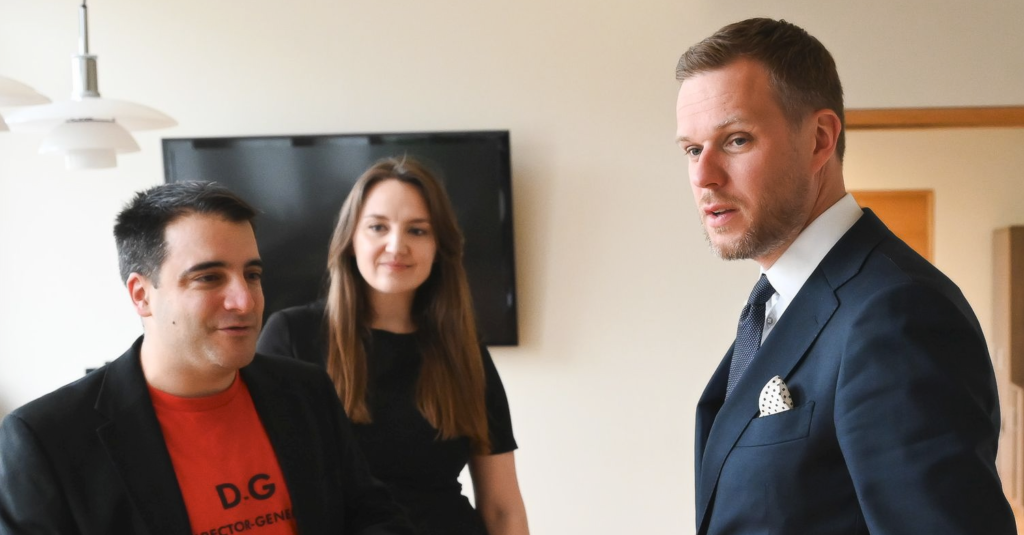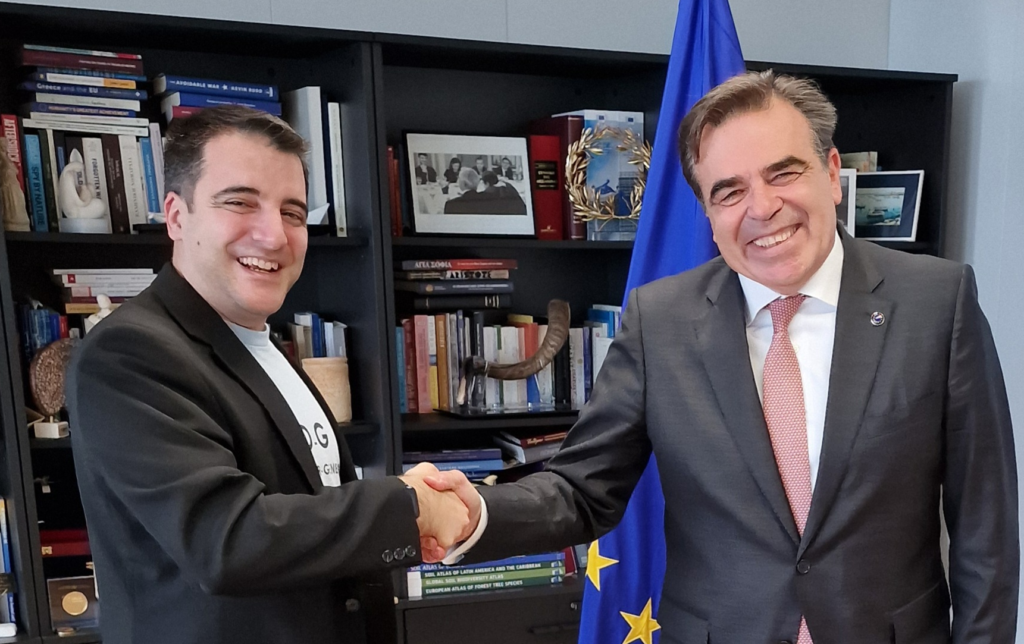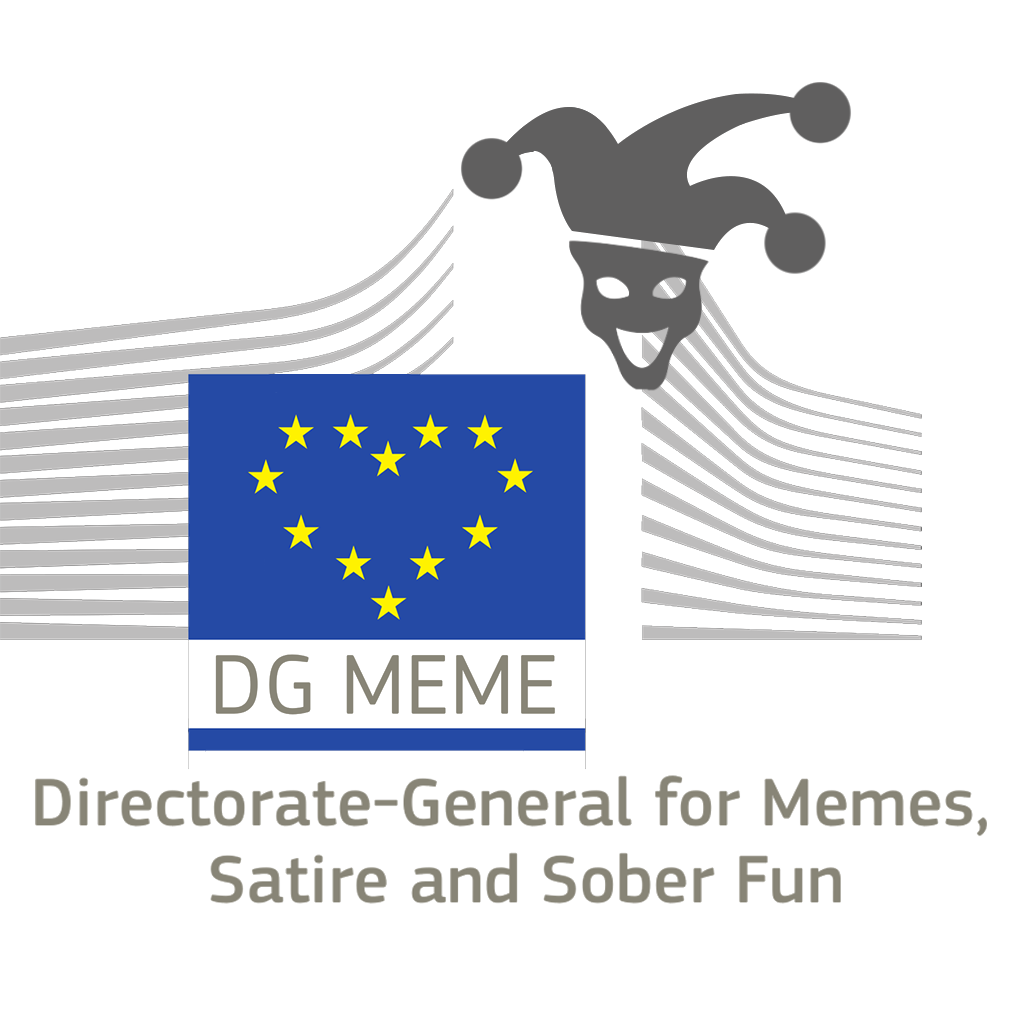Enlargement is the French term by which we indicate the increase of the number of countries that belong to the European Union. The biggest growth happened in 2004, when the EU moved from fifteen to twenty-five countries. This process lasted a few decades and reached its completion when Cyprus, Czechia, Estonia, Hungary, Latvia, Lithuania, Malta, Poland, Slovakia and Slovenia joined the EU on the 1st of May 2004, exactly twenty years ago. Twenty years of passion, hope, progress, complications, critics, love and some hate.
Month: April 2024
The European Elections are not only one of the biggest democratic exercises in the world, they are also a huge communication campaign with the same goal since 1979: get people to vote.
Join us in a roller-coaster of nostalgia, pain and joy to discover the evolution of the Parliament efforts. 10 European elections, 10 communication campaigns, uncountable slogans and videos for you to enjoy.
Of the many politicians I follow online, no one communicates as clearly and effectively as the Lithuanian Minister of Foreign Affairs (MFA) Gabrielius Landsbergis. I started following him with interest during the diplomatic tensions between Lithuania and China in 2021; the appreciation was mutual, as he also retweeted some of my memes; this fact particularly impressed my Lithuanian friends, even those that didn’t vote for his party: “He is cool, his whole family is cool”.

Interviewing Vice-President Margaritis Schinas, the Midday Matador, the Father-of-us-all DG COMMers, the EU’s favorite son… I didn’t think I could be up to the challenge, he is too good to let anything controversial slip. Nevertheless, after years of online interactions and memes, I gathered up my courage, contacted his communication advisor Vangelis Demiris and set up a meeting.

